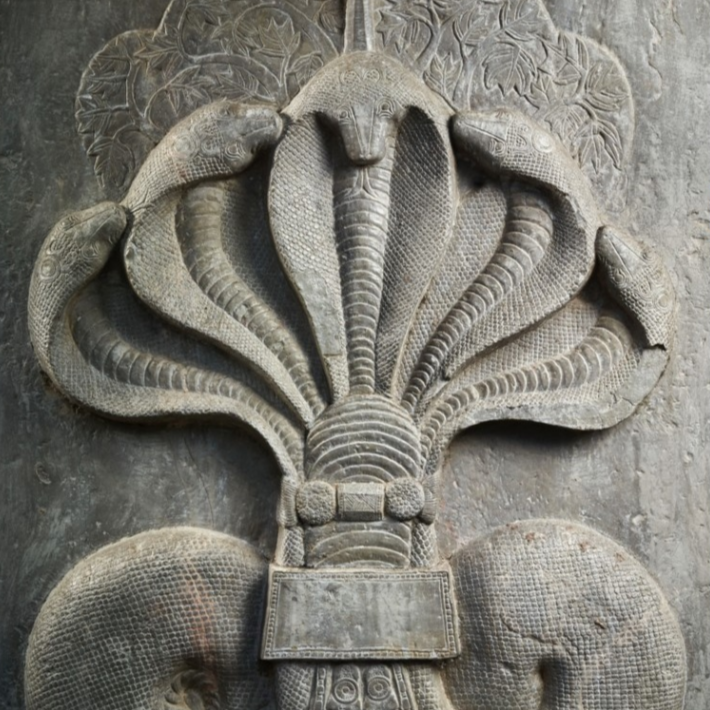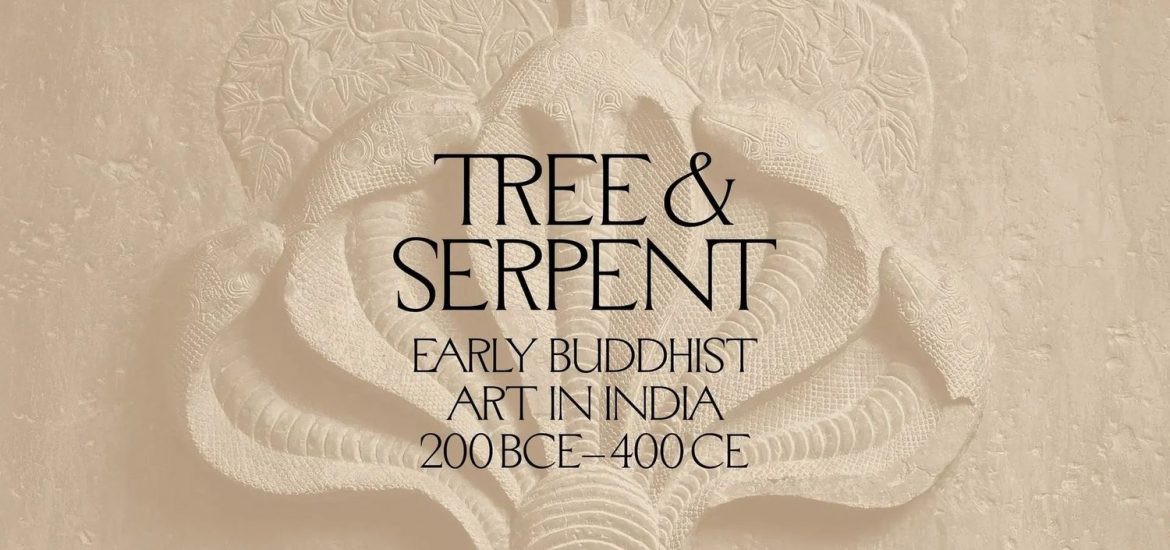Before even the Buddha’s appearance in the world, primordial Indic cults worshipped tree spirits, the earth, and water. These forces of nature would all be incorporated into the Buddha’s new faith after his enlightenment. The story of the earliest Buddhist art, encompassing the pre-Buddhist origins of ancient narrative traditions and figurative sculpture, will be told in the upcoming special exhibit called “Tree & Serpent: Early Buddhist Art in India, 200 BCE–400 CE.”
The exhibition runs from 18 July to 13 November at the Metropolitan Museum of Art in New York. On display will be more than 140 objects of early Buddhist art, from majestic stone reliefs to sacred reliquaries to exquisite jewellery.
The Met has secured loans from over a dozen lenders across India and in the UK, the US, and Europe to make the exhibition possible. A diverse range of media will be showcased at this exhibition, from precious metals like gold, silver, and bronze to materials like ivory, rock crystal, and limestone.
The objects’ provenances stretch all the way back to the most ancient centuries of Buddhism, or pre-sectarian Buddhism. Their dates range between 2200 years ago to the fifth century of the Common Era. The times demarcate approximately three to four hundred years after the historical Buddha’s passing, during which the first genres of Buddhist art began appearing on the Indian subcontinent, and several centuries after the Mahayana Buddhist schools were spreading across Asia.
We can see ancient archetypes in the earliest material culture of the Buddhist faith, from stupas to scriptures. “Tree & Serpent” will be displaying original relics, reliquaries, and the Buddha image as the core of this exhibit. On many of these early stupas, specifically along the relief panels, whether on stupa drums, enclosure railings, or monumental gateways, appear imagery of trees and snakes. According to exhibit curator John Guy, stupa sites in the Deccan, such as Andhradesa, Kanaganahalli, Phanigiri, and other places along the Krishna River, reveal how serpents and trees were “systematically appropriated into the artistic repertoire in the service of early Buddhism.” (GLAM)

Mucalinda, the five-headed king of the serpents, is prominently featured in the Tree & Serpent exhibition. The Mucalinda Sutta (found in the Udāna, part of the early strata of the Khuddaka Nikāya), tells the story of how he came to assist the Buddha while the latter was still basking in the glow of his enlightenment:
Then at that time a great cloud arose out of season, bringing seven days of rainy weather, cold winds, and overcast days. Then the Nāga King Mucalinda, after leaving his domicile, and surrounding the Gracious One’s body seven times with his coils, stood with his great hood stretched out above his head, thinking:
“May the Gracious One not be cold, may the Gracious One not be hot, may the Gracious One not be affected by gadflies, mosquitoes, wind, the heat of the sun, and serpents.”
Then the Nāga King Mucalinda, having understood that the sky was now clear without a cloud, having unravelled his coils from the Gracious One’s body, and after withdrawing his own form, and creating the appearance of a young brāhmaṇa, stood in front of the Gracious One, revering the Gracious One with raised hands.
Since the dawn of human narrative and culture, the serpent has slithered into human culture and consciousness as an archetype of wisdom and divine insight. The tree is also a cross-cultural symbol of life and enlightenment, with the Bodhi tree being an early object of reverence due to its relationship with the Buddha and his enlightenment.
This is an extraordinary exhibit that will reshape how we understand the prehistory and origins of Buddhist art, which is inseparable from the movement itself. This movement grew from a set of meditative and ethical teachings into a great religious tradition spanning all India, South Asia, and beyond.
*
The exhibition is made possible by Reliance Industries Limited, The Robert H. N. Ho Family Foundation Global, and the Fred Eychaner Fund.
Major support is provided by the Estate of Brooke Astor, the Florence and Herbert Irving Fund for Asian Art Exhibitions, and the E. Rhodes and Leona B. Carpenter Foundation.
The symposium is made possible by the Fred Eychaner Fund.
The catalogue is made possible by the Florence and Herbert Irving Fund for Asian Art Publications.
Additional support is provided by Albion Art Co., Ltd. (Metropolitan Museum of Art)
See more
Tree & Serpent: Early Buddhist Art in India, 200 BCE–400 CE (Metropolitan Museum of Art)
Ubiquitous Trees and Serpents: Early Buddhist Imagery of Southern India (GLAM)
Tree and Serpent: Early Buddhist Art in India (Yale University Press)
Mucalindasutta (SuttaCentral)
Related features from BDG
Metropolitan Museum of Art to Showcase “Tree & Serpent: Early Buddhist Art in India, 200 BCE–400 CE”
The Tree in Buddhist Symbolism and Art


